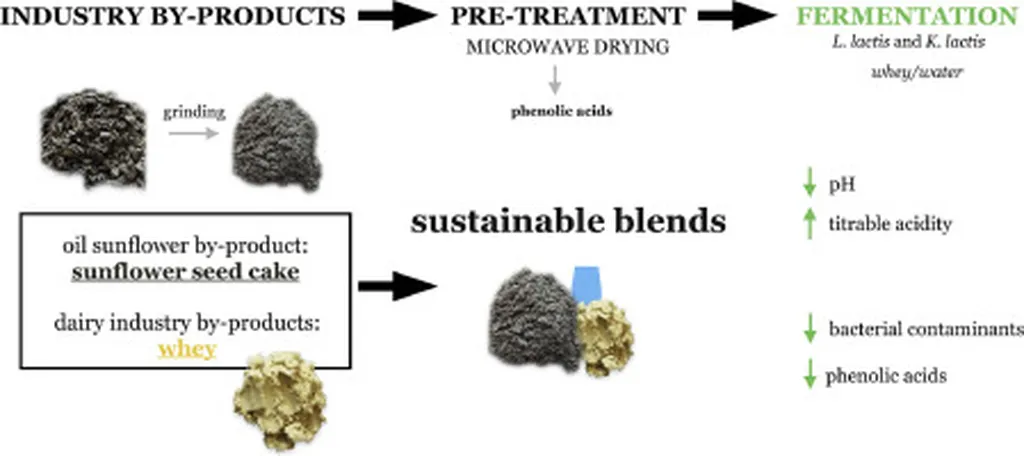In the bustling world of food science, a groundbreaking study has emerged, shedding light on the transformative power of fermentation on phenolic acids—compounds renowned for their health benefits. Led by Anand Kumar of the College of Food Science and Technology at Guangdong Ocean University, this research delves into the microbial biotransformation of phenolic acids during fermentation, uncovering mechanisms that could revolutionize the development of functional foods.
Phenolic acids, a diverse group of plant polyphenols, are celebrated for their antioxidant, anti-inflammatory, and disease-modulating properties. However, their potential is often limited by their bioavailability. Enter fermentation, an age-old biotechnology that has been recognized for its ability to enhance the efficacy of these beneficial compounds. During the fermentation process, lactic acid bacteria, yeasts, and other functional microbes work their magic, synthesizing enzymes that release and alter phenolic acids from plant cell walls. This microbial alchemy increases solubility, modifies structural components, and boosts antioxidant capacity.
“Microbial conversion is a game-changer,” says Kumar. “It’s not just about making these compounds more available; it’s about enhancing their biological activity and, consequently, their health benefits.”
The study, published in the journal *Frontiers in Molecular Biosciences* (translated as “Frontiers in Molecular Biosciences”), explores the antioxidant mechanisms of phenolic acids in detail. These compounds exhibit potent radical scavenging, metal-chelating, and singlet oxygen-quenching activities, playing a crucial role in reducing oxidative stress and maintaining redox homeostasis. The research also highlights the importance of structure-activity relationships, demonstrating how hydroxylation and methoxylation patterns impact antioxidant strength.
But the benefits don’t stop at antioxidants. Phenolic acids also interact with various molecular pathways, activating Nrf2–ARE, suppressing NF-κB, and restoring gut barrier integrity. These interactions contribute to anti-inflammatory, neuroprotective, cardio-protective, and immunomodulatory effects. Moreover, the coactive interactions between phenolic acids, bacterial metabolites like short-chain fatty acids (SCFAs), and components of the food matrix further amplify their biological activity.
So, what does this mean for the future of food science and the energy sector? The implications are vast. As consumers increasingly demand functional foods that promote health and prevent chronic diseases, the insights from this research could drive innovation in food processing and product development. For the energy sector, understanding the metabolic pathways and interactions of these compounds could open doors to novel applications in bioenergy and bioproducts.
Kumar’s work underscores the importance of interdisciplinary research, bridging the gap between food science, microbiology, and health. As we continue to unravel the complexities of microbial biotransformation, we edge closer to unlocking the full potential of phenolic acids and other bioactive compounds. The journey is just beginning, but the promise is clear: a future where food is not just sustenance, but a powerful tool for health and well-being.
In the words of Kumar, “This is just the tip of the iceberg. The interrelationships between microbes, phenolic acids, and health are complex and multifaceted. As we delve deeper, we’ll uncover even more opportunities to harness the power of fermentation for the betterment of human health.”

